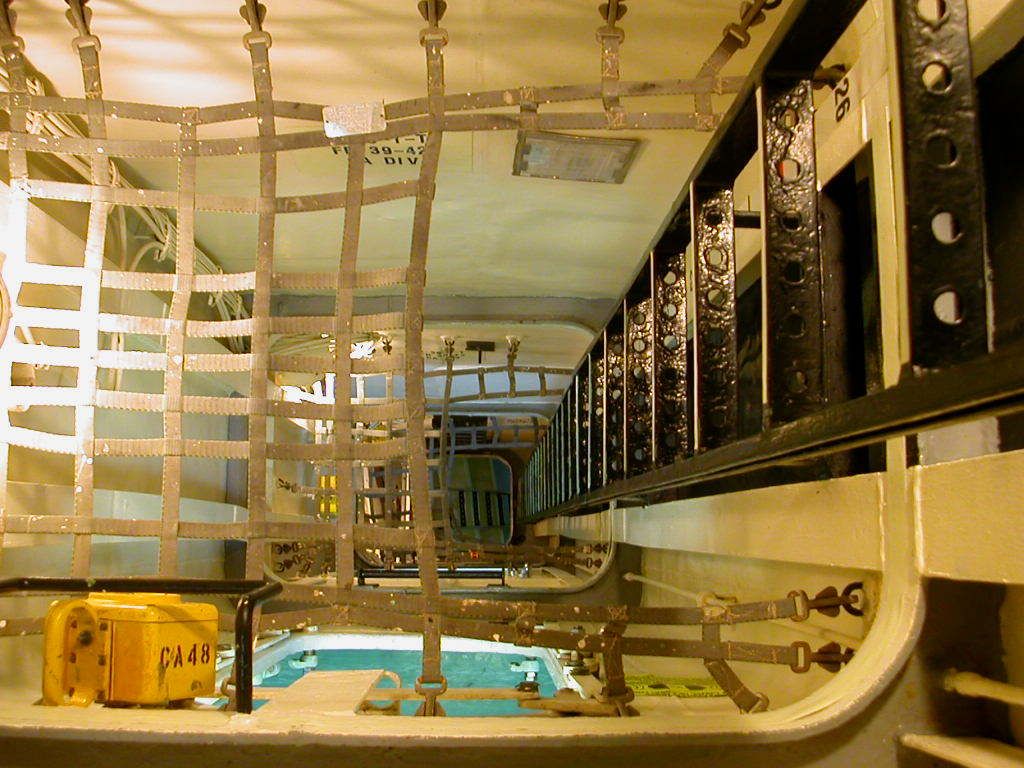Diving Deeper: Underwater Photography Essentials
Scuba Gear: Essentials for Deep-Sea Exploration
Dive into the world of underwater photography with our guide, focusing on the essential gear that caters to the photographer's needs. While cameras and housing are crucial, dive gear is equally important for a safe and efficient diving experience.
Regulators, BCDs, and Fins
A high-quality regulator facilitates effortless breathing underwater, ensuring smooth airflow and easy maintenance. Opt for a regulator that caters to photography dives with specific features [5].
BCDs play a vital role in maintaining neutral buoyancy, allowing the diver to hover steadily for clear shots. Look for comfortable, adjustable BCDs that provide good lift capacity to accommodate the additional weight of camera equipment [5].
Selecting fins that provide good propulsion with minimal effort is crucial for a seamless underwater photography session. Opt for fins that balance power and maneuverability, matching your diving style and the underwater conditions [5].
Dive Computers
Reliable, easy-to-read dive computers are essential to monitor depth, bottom time, and decompression status, allowing the diver to focus on photography without worrying about nitrox levels or exceeding limits [5].
Wetsuits and Thermal Protection
Choose a wetsuit based on water temperature and dive duration. For warm to moderate waters, a 3–7mm wetsuit is recommended. For colder waters or extended dives, opt for semidry or drysuits for better insulation and comfort during photography sessions [4]. Proper thermal protection helps avoid distractions caused by cold, enabling longer and more effective underwater shoots.
So, gear up with reliable regulators, stable BCDs, efficient fins, dependable dive computers, and adequate wetsuits, ensuring a safe and delightful underwater photography adventure! [4][5]
Citations:
[4] Wikipedia. (n.d.). Scuba diving equipment. Retrieved November 16, 2022, from https://en.wikipedia.org/wiki/Scuba_diving_equipment
[5] Pyle, B. (2022, March 2). Best Gear for Underwater Photography: Buying Guide, Reviews, and Resources. Bluewater Photo. Retrieved November 16, 2022, from https://www.bluewaterphoto.com/learning/underwater-photography/best-gear-for-underwater-photography-buying-guide-reviews-and-resources/
- A high-quality DSLR camera and housing are must-haves for capturing vibrant images of nudibranchs in macro detail during underwater photography.
- To achieve the perfect focus, utilize a lens with a wide aperture, ensuring a shallow depth of field for striking close-up shots of colorful coral.
- The optimal underwater photography destination offers an abundance of marine life, crystal-clear bluewater, and rich, diverse coral reefs.
- A reputable photography guide can assist in locating the best dive sites for capturing unique behavior of marine life, enhancing your underwater photography experiences.
- To supplement your DSLR, consider investing in various gadgets like lights, snoots, and strobes to enhance your photography and control the lighting in various underwater conditions.
- The world of underwater photography benefits from continuous advancements in technology, ensuring photo enthusiasts have access to innovative gear with enhanced features.
- As a sports, underwater photography requires great precision, patience, and technical skills to capture breathtaking images that fascinate both the photographer and viewers.
- The use of tripods can help stabilize camera gear while shooting, improving image sharpness and composition in challenging underwater environments.
- Adjusting the camera's white balance and exposure compensation settings can enhance the color accuracy and brightness of your underwater photographs.
- Familiarize yourself with various camera settings like aperture, shutter speed, and ISO, allowing for more creative control during underwater photography sessions.



